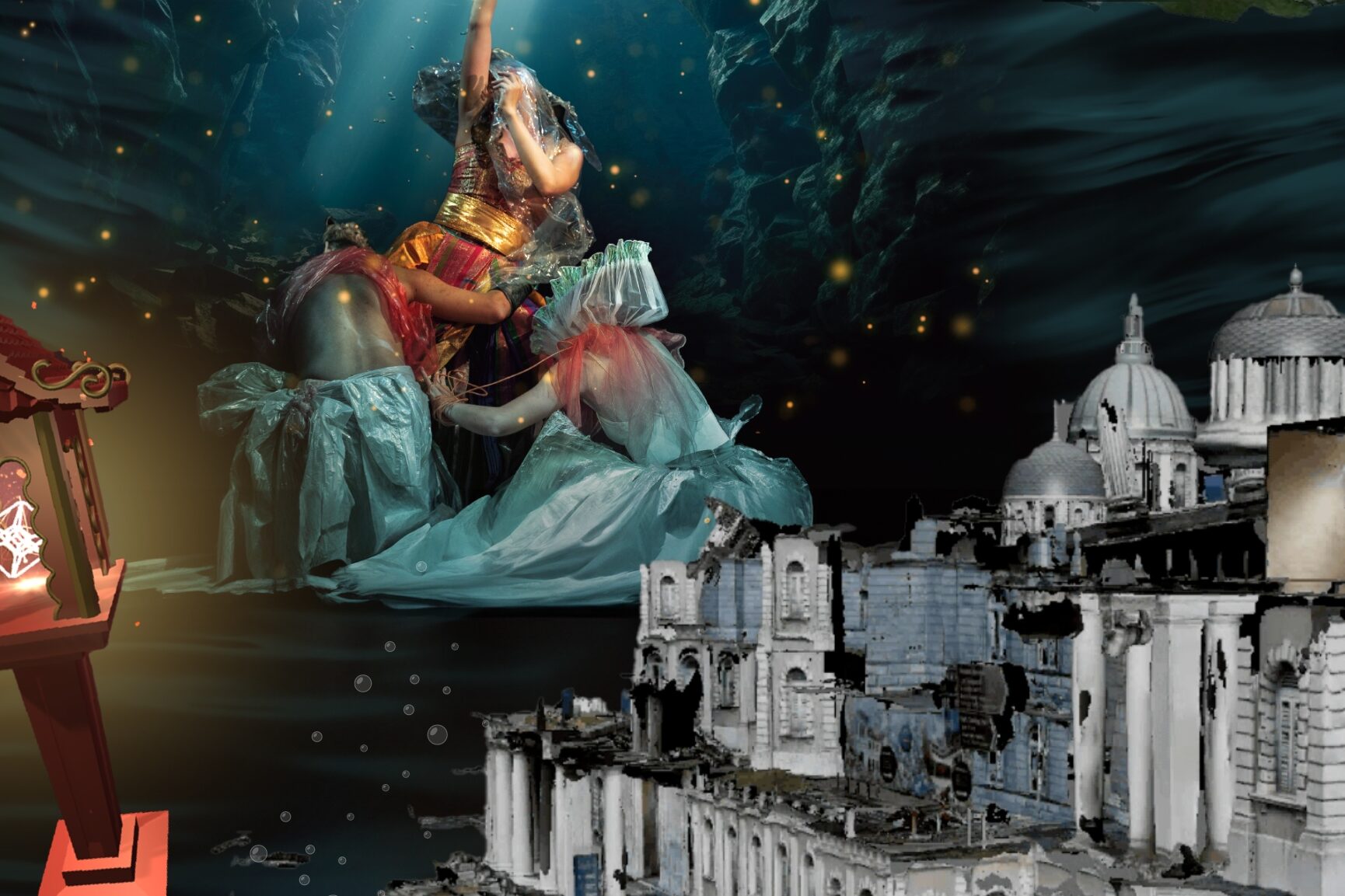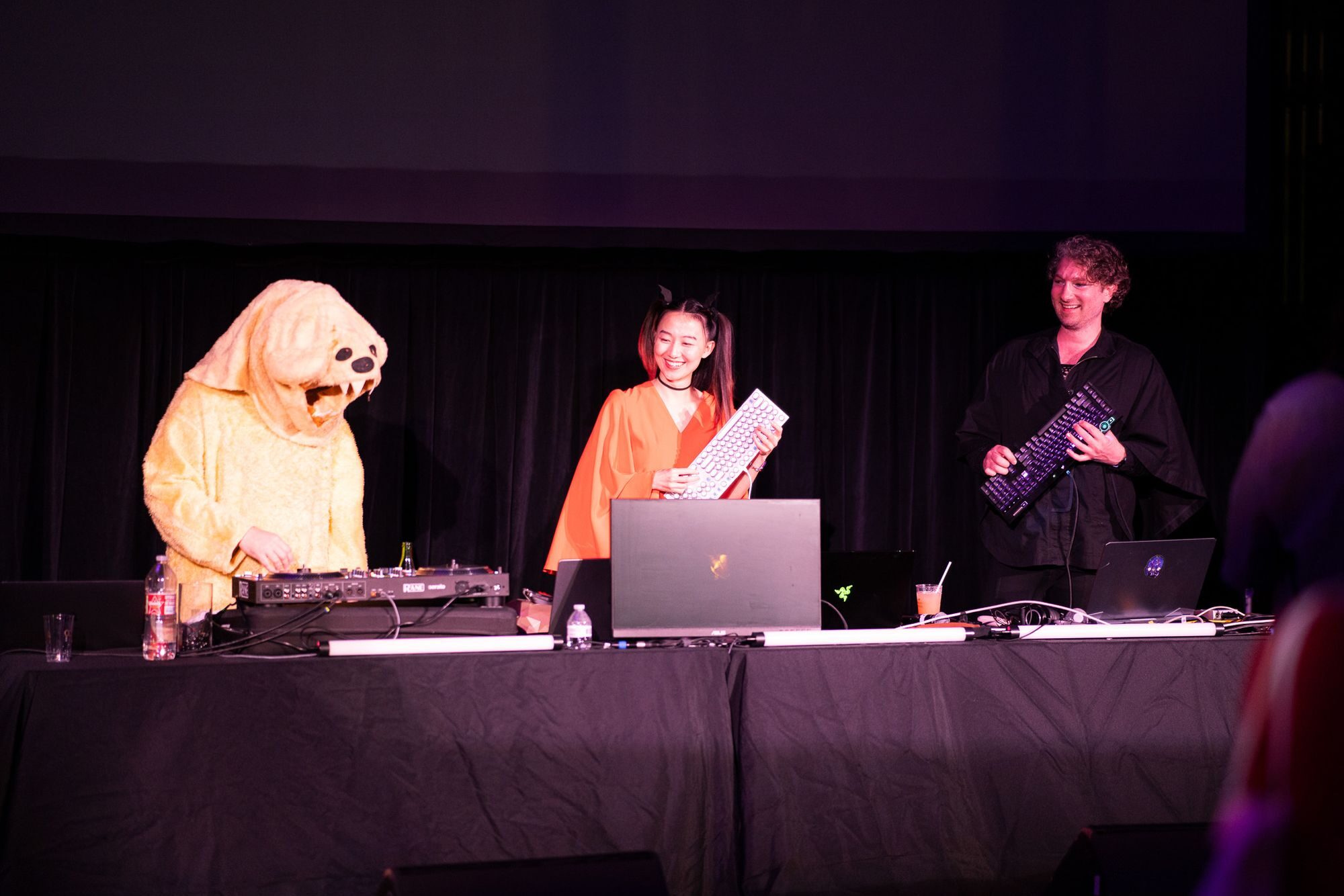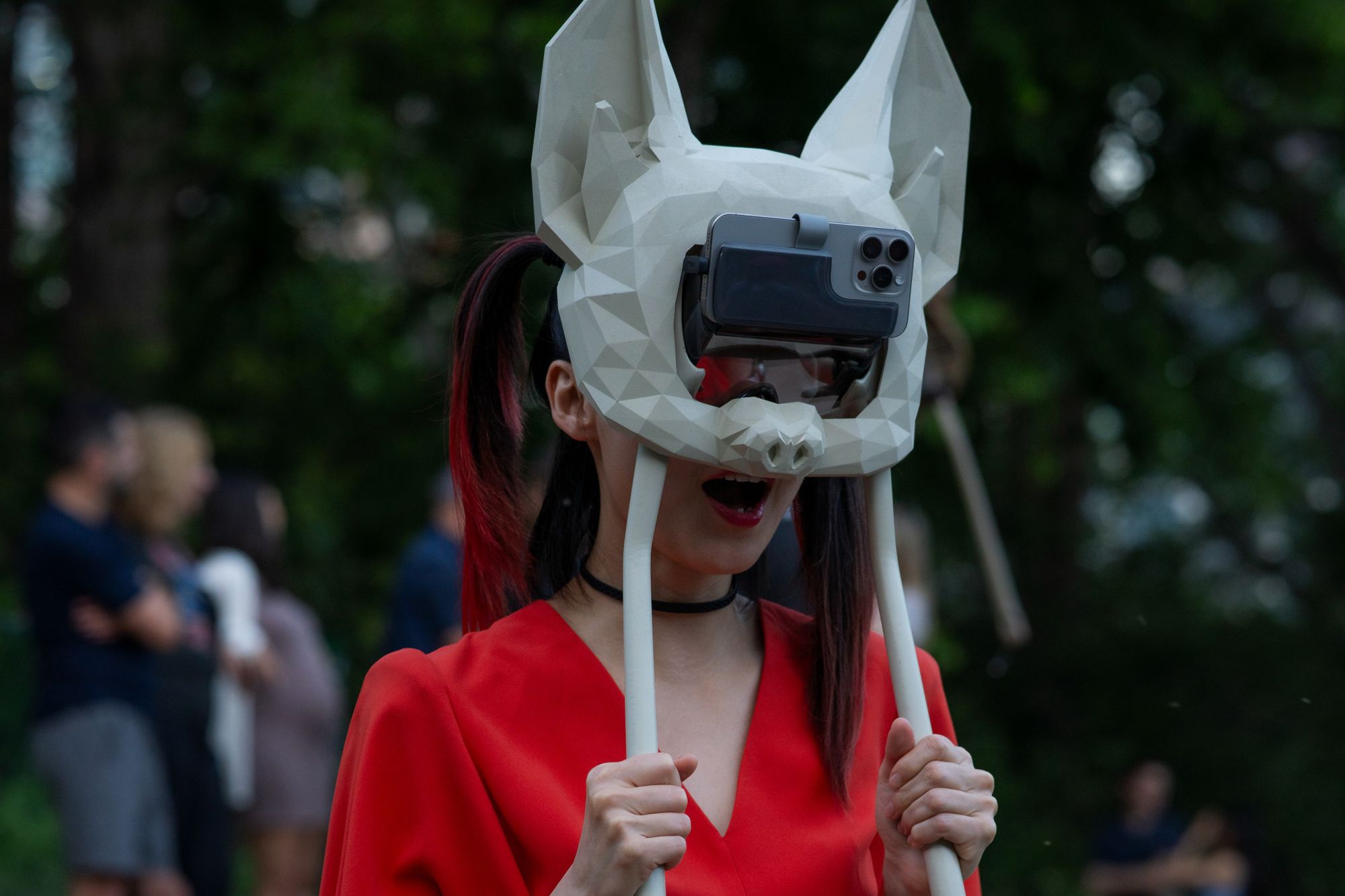The Ars Electronica Features combine art and technology in close collaboration with partner institutions to showcase artistic programs and perspectives from around the world that initiate change.
Since the Ars Electronica Festival Gardens emerged as a decentralized program in 2020, as one of the possible answers to the question of how an international festival can take place despite travel restrictions in the years of the pandemic, the festival has continued to evolve. This year, the festival presents a carefully curated selection of projects from institutions around the world under the new name “Ars Electronica Features”.
In 2020-2023, the “Gardens” played an essential role as a decentralized platform for the festival. Especially during the COVID-19 pandemic, they enabled partner institutions worldwide to host programs locally and network internationally, although travel restrictions made physical meetings difficult. Since 2022, the need for physical participation has risen significantly again, which was reflected by the presence of 29 partners at last year’s festival in Linz.
2024: From Gardens to Features
The transition from the Gardens to the Ars Electronica Features marks a new phase in the perception and organization of the festival. “Our aim was not to make the festival bigger, but more tangible,” explains Christl Baur, Head of Ars Electronica Festival. “We want to strengthen the focus on the essentials, the artistic work with international perspectives and the discussion around the festival’s theme through the programs of the partner institutions. With the Ars Electronica Features, we are focusing on a curated selection of projects that fit seamlessly into the festival in terms of quality and theme.”
The aim is to involve as many international partner institutions as possible while maintaining high quality standards. Partner institutions were invited to submit project proposals through an open call. A jury of experts from Ars Electronica selected the best proposals, considering not only the quality of the submissions but also diversity, financial independence and the thematic variety of the projects. This year’s festival theme “HOPE – who will turn the tide” also played a central role in the project selection process. “It’s about recognizing the creative potential of artists as actors who drive (awareness) change,” says Baur. The submitted projects reflect various aspects of hope and show the resilience and strength of an international network that gathers in Linz every year.
Some of the outstanding projects of the Ars Electronica Features are:
“Temporal Shifts: Along the Red Dot” by BeFantastic – a tech art platform in South and Southeast Asia – brings together four visionary artists and collectives from Singapore to use immersive technologies to shed light on pressing social issues. Debbie Dings presents the interactive game “New Village”, which is set in 1950s Malaya, Ulrich Lau’s “VJ Conference: Super-Structure” examines cultural monuments, Avventuras and Maya Dance Theatres take up the topic of plastic waste through dance and Ong Kian Peng takes us into a post-anthropogenic future with “Accidental Utopia” through short films. The works reflect the festival theme “HOPE” and offer perspectives on Singapore’s past, present and future.

“VESTIBULAR_1”, presented by the New Art Foundation, a (media) art collection from Barcelona, is an immersive audio-visual installation by Albert Barqué-Duran and Marc Marzenit. It temporarily disrupts vestibular function, exploring how conflicting sensory information alters our aesthetic perception. The project was created during the 2020 pandemic thanks to an international collaboration and thus also shows cohesion, especially in times of crisis.

Following her role as Founding Lab Fellow last year, in 2024 Jiabao Li presents a selection of her artistic work that combines scientific research, technology, activism with art and advocates a shift from human-centered to ecocentric perspectives. Highlights include “Squid Map”, an underwater playground from the perspective of an octopus, “Nocturnal Fugue”, a translation of bat voices into music and “Arctic Phantoms”, reflections on the Arctic and man-made climate change.

V2_ Lab for the Unstable Media organizes short-term residencies for young, emerging artists as part of the ‘Summer Sessions’ and cooperates with an international network of cultural organizations. Selected talents are given the opportunity to realize their new artworks or designs with the support of experts. The humorous and creative results of these intensive residencies can then be admired in the accompanying pop-up exhibition.
The Yasuaki Kakehi Laboratory at the University of Tokyo, a longtime partner, presents “Well-tangled,” an exhibition that explores the skillful combination of various elements to create harmony within complex relations. The theme goes beyond a purely human perspective and explores the balance between nature and technology by utilizing media such as water, plants, microorganisms and threads.
While the collaboration with the partners culminates during the festival in the summer, it is an ongoing process for example developed as part of Ars Electronica Japan. As a special part of Ars Electronica, Ars Electronica Japan implements educational and cultural programs, consulting and extended research in the field of media art in Japan. Together with citizens, Japanese cultural practitioners, public educational institutions and industry, Ars Electronica Japan forms a creative ecosystem for shaping the future society. Ars Electronica sees itself as a platform for collaboration, especially through the festival. “Whether Campus or Ars Electronica Feature – a variety of programs and projects from partners are indispensable for the festival, as a discussion of the festival theme from a different perspective often leads to completely different conclusions and focal points.”
“The more we see ourselves as a platform, the more interesting the programs become, because they originate from all corners of the world.”
Christl Baur, Head of Festival
Visitors to the festival can therefore look forward to getting to know various projects of hope as protagonists of the event. This will be exciting, among other things, because they come from a wide variety of places and have been chosen by diverse people who have very different ideas of what “Hope” could represent in terms of the festival theme. The festival also makes visible how close the international cooperation is – whether with universities, various institutions or in terms of funding.
“This network creates a very strong bond between the communities and I think that is quite unique.”
Christl Baur, Head of Festival
“We want to present art, projects and themes to visitors and at the same time emphasize the strength and cohesion of our network,” says Baur. “The festival is a place of active exchange and inspiration, where new connections and programs are created.” The Ars Electronica Festival 2024 strives to foster a global community that creates hope and change through creative collaboration and innovative projects.
The Ars Electronica Feature projects can be visited and experienced at POSTCITY as part of the Ars Electronica Festival 2024.
